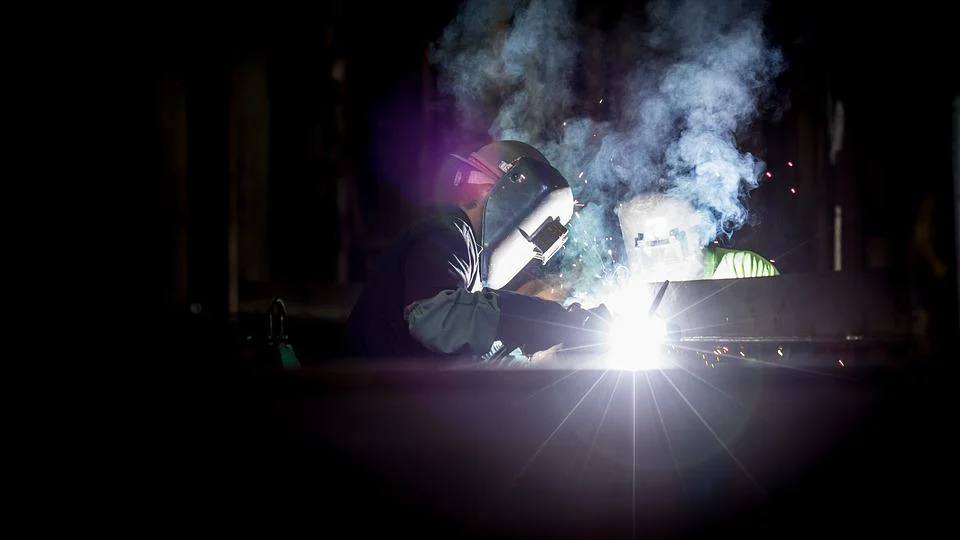
You don’t want welding to be just a hobby for you, but you want to make a career?
This will require a certain level of technical training and some experience to get to your first job.
Of course, the first issue that bothers you is the cost of schooling.
As usual, the cost of tuition depends on the school you attend.
Tuition fees depend on the length of schooling, the type of training, and the country in which you are studying.
Some courses offer certification after completing a seven-month training, college programs are closer to 15 months while some require up to 4 years of schooling.
Table of Contents
Average Costs
Community colleges or technical schools typically charge between $5,000 and $15,000 for welding training programs.
In contrast, a four-year bachelor’s program can cost between $40,000 and $100,000, depending on the school and program.
Welding training takes less time to complete and is less expensive than colleges.
Welding certification programs prepare students with work in pipe assembly, manufacturing, and construction.
Students must pass certain programs before taking a state-approved certification exam.
Such programs offer students short duration and affordable prices as well as advanced instructions for career success.
Hobart Institute of Welding Technology offers a 24-week long welding program.
Hobart’s welding certification courses are $11,700, which is a mid-range to lower price point for this type of education.
The welding certificates at Ashland Community and Technical College cost $24,625 for two years.
More advanced certificates are also offered, such as pipeline welder and production line welder.
The American Welding Society is one of the field schools to offer any type of welding certificate program online.
This program is an excellent choice for those who already are working as welders and want to advance their careers while working.
The program lasts 8 weeks and costs just $2,840.
After the certification program, you need to pass an exam.
It will cost you somewhere between $800 and $1,100.
Associate’s degrees can be earned in two years and the price depends on residents and non-residents.
For 2021/22, Austin Community College applies tuition of $1,275 for in-district students, $4,290 for out-of-district and $5,295 for out-of-state and international students.
A bachelor’s degree in welding lasts four years and can reach a sum up to $100,000.
A bachelor’s degree in Welding Engineering Technology at Ferris State University in Big Rapids is about $42,000 for state residents and $63,000 for non-residents.
A Bachelor’s degree in the Welding and Fabrication Engineering Technology program at the Pennsylvania College of Technology costs $22,680 per year.
Welding usually requires a state license and qualifications, and costs are between $25 and $250.
Additional Costs
In addition to your tuition, you may need to pay some additional and hidden costs.
Expect to pay on average $125 for the application fee.
Depending on your location and the program you are enrolled in, expect to pay between $500 and $10,000 for housing, books, supplies, food, and equipment.
The housing alone cost around $4,000.
Also, you may need some welding tools such as a welding helmet, as well as safety glasses, a welding jacket, soapstone, and the like.
All of that may cost approximately $400.
Discounts
Scholarships are available to applicants who are attending a welding training program.
For example, the American Welding Society offers a $2,500 scholarship every year for an outstanding international student pursuing a Bachelor’s or advanced degree in welding or a related joining technology.
Also, you may search for scholarships and financial aids at the school office.
For an instance, at the Ashland Community and Technical College, though the cost of the program of $24,625, students can apply for free tuition through the Work Ready Scholarship Program.
This is an opportunity for eligible students based on financial abilities.









